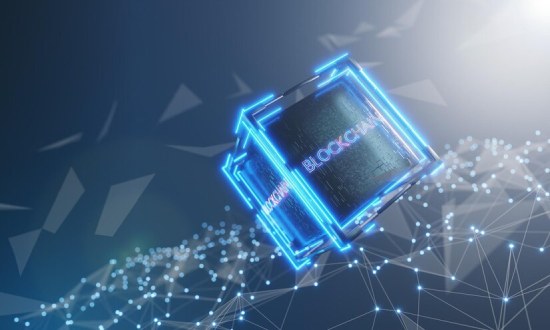Polygon is a blockchain network built by four experienced software developers on the Ethereum protocol, one of the world's most popular blockchains. Ethereum has a number of features that make it stand out from other blockchains, such as its integrated programming language (C++), Ethereum Virtual Machine (VMM), and Solidity smart contracts (SSC). Despite these advantages, Ethereum has some drawbacks, such as slow processing times, congestion, high transaction costs, and limited scalability.
Polygon works with the consensus of the Proof of Stake (PoS) and is supported by layer 2 scaling solutions. Polygon uses the core technologies of Ethereum and contributes to its value. As a result, Polygon supports Ethereum with high transaction throughput, low transaction costs and enhanced development on the Ethereum network and Ethereum-compatible blockchains. Polygon acts as a protocol and a framework that facilitates the development of Ethereum-compatible networks and connects all of them to the Ethereum ecosystem. Polygon is considered to be one of the top dApp development platform. Developers on the platform use Polygon's SDKs and Tools to create business-oriented dApps.
If you know how to develop on Ethereum, then it's not hard to work on Polygon. All the tools you've used on Ethereum are Polygon compliant, such as te remix, trffle, webejs, etc. So, just switch to Polygon's RPC and get started building your dApp!
Step 1
Connect to Polygon using Magic.js. Two Web3 instances and two Magic instances are required for each network. Users can switch between two networks using this feature. Keep the same API key in both the Magic instances to keep the user's public addresses unchanged.
Step 2
You can also switch between the networks using the drop-down list "˜select element'. For example, one Magic instance points to Polygon and another one points to Ethereum. Therefore, you can change the instances of the dApp based on the user's network choice.
Step 3
After that, you can check your user balance using web3.Eth.Get balance. Since MATIC is Polygon's native token and ETH is Ethereum, we'll show the token symbols based on the network you're connected to.
Step 4
Send transactions by specifying the quantity to send, the sender and the receiver addresses. Gas fee: If the gas fee is not paid, then the total gas limit and fee are calculated automatically.
Step 5
Last but not least, set up your smart contract on Ethereum and on Polygon. That way, the users will be able to interact with them on their own terms.
Polygon combines the core features of Ethereum with the scalability benefits that come with it to create a powerful solution to make your dApp a fast and scalable application. With multiple Polygon chains running on Ethereum, you can test out how Polygon can work with the Ethereum ecosystem.

Our Offices
INDIA
Emaar Digital Greens, Sector 61,
Gurugram, Haryana
122011.
Welldone Tech Park,
Sector 48, Sohna road,
Gurugram, Haryana
122018.












July 9, 2025 at 06:46 pm
Your comment is awaiting moderation.